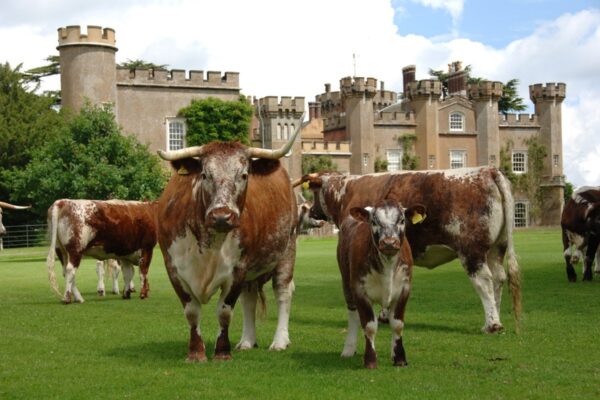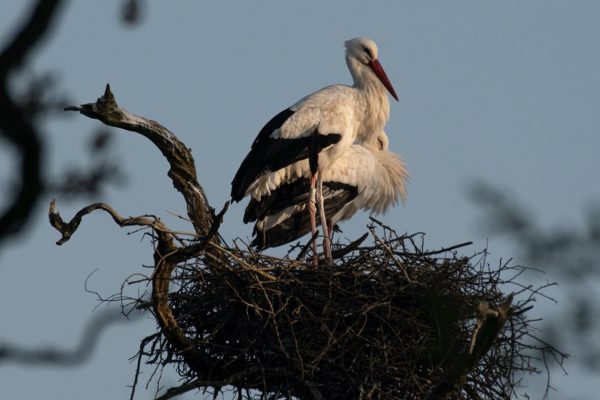Three historic habitats providing homes for nature
There are few landscapes in Britain that are entirely natural. Since humans first settled and farmed on these islands, we have marks on the landscape that have shaped the face of the British countryside that we see today. Our history is embedded in our environment, and over the centuries many historic features have become important habitats for our British wildlife. Orchards, Barns and Dry Stone Walls are three of the most important of these – read on to find out why these special environments have become such perfect habitats for biodiversity.
Orchards
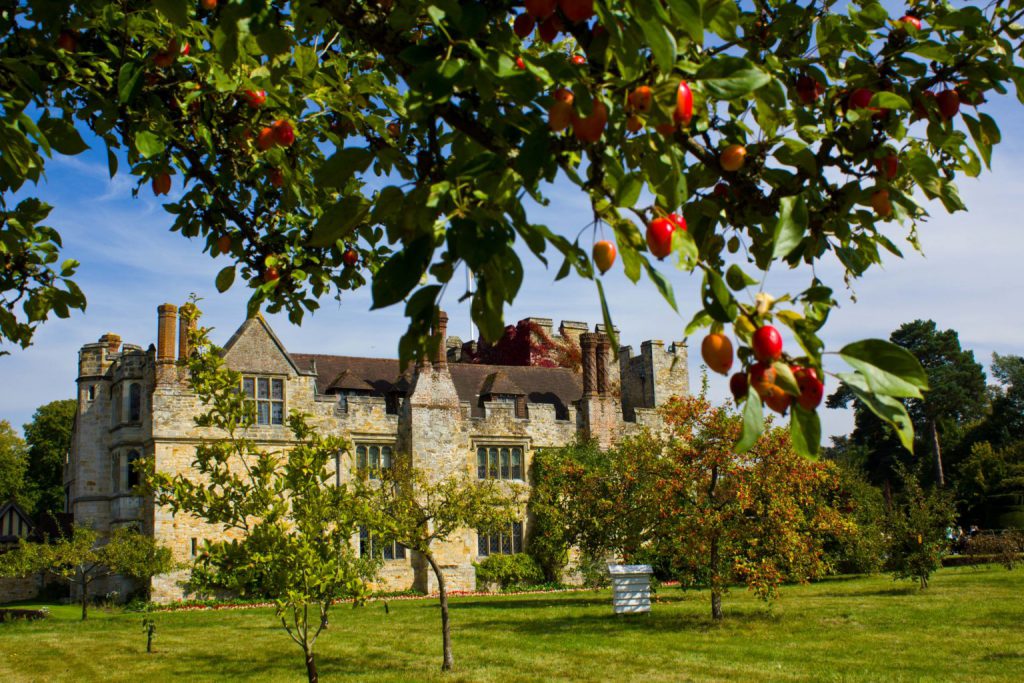
Image: Anne Boleyn’s Orchard at Hever Castle
Fruit orchards are vibrant mosaics of trees, grasses, shrubs and wild flowers, and have supported a wide range of bird and insect life in Britain for centuries. As fruit trees age quickly, they create the perfect habitats for animals which live in hollowed wood, and their blossoms support a rich variety of pollinators.
The Romans are generally credited with introducing sweet apples to Britain, and the Saxons left place names such as Applegarth (“apple orchard”) and Appleton (‘where apples grow’) to mark these ancient fruit fields. Monasteries later became adept at cultivating orchards, and during the 17th century collecting fruit trees became a popular aristocratic pastime, with orchards soon established in estates across Britain.
By 1700, orcharding had become a well-established tradition in the West Country for the production of cider and perry, with farm labourers even being partially paid in cider! The importance of Orchards in the West Country led to the development of many cultural traditions that are still upheld today, such as the wassail festival which wards off evil spirits and encourages productive cropping in the coming year.
Orchards are now priority habitats under the UK’s Biodiversity Action Plan. Fruit trees have been identified as particularly good habitats for wildlife because they are “early senescent”, which means they quickly develop features such as hollow trunks, rot holes, dead wood and sap runs. These features create homes for over 400 species of invertebrates that live on decaying wood, such as Stag Beetles and the rare Noble Chafer beetle, which is marked by its exquisite iridescence.
Larger tree hollows provide nesting sites for bats such as the Noctule, our largest bat species, as well as Lesser Spotted Woodpeckers and Little Owls. Fruit tree blossom is an important source of nectar for bees and butterflies, and the wide spacing of orchard trees lets even more warmth and sunlight reach wildflowers on the ground below.
Since World War II, many historic orchards have been lost to farm modernisation and urban expansion, and the last 70 years has seen a significant decline in these biodiverse habitats. However, new agri-environment schemes such as Natural England’s Countryside Stewardship Scheme are helping to restore orchards to their former glory, and bringing back much of the wildlife that depends on these historic havens.
Historic Barns
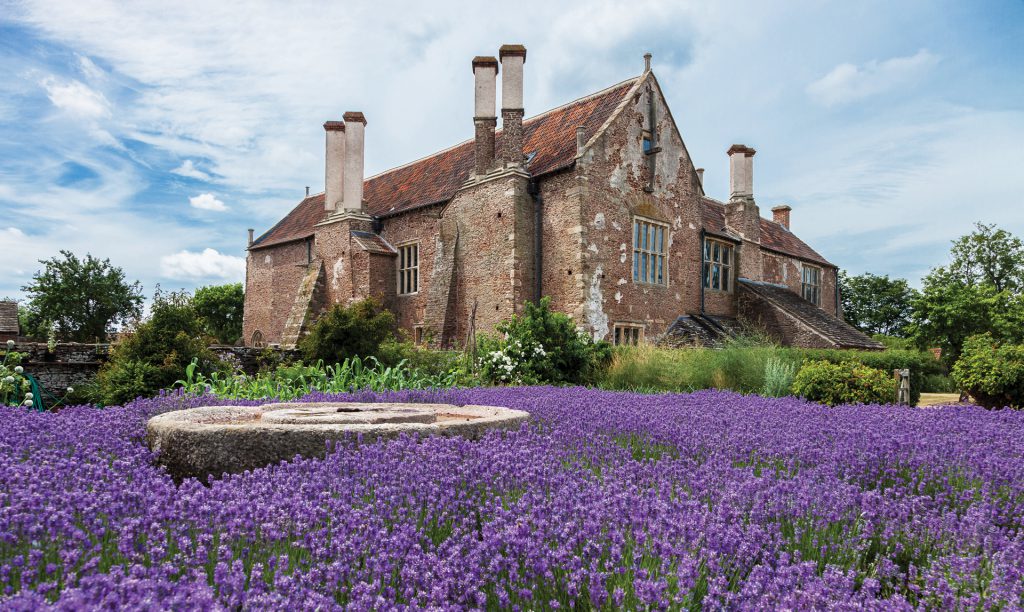
Image: Acton Court, who have partnered with the Hawk and Owl Trust to enhance the habitat for their resident barn owls
The farmyard is an important habitat for many species of wildlife, and many birds and bats make use of farm buildings for nesting and roosting, taking advantage of features such as eaves, beams and ledges, access to roof spaces and crevices in walls. Barn owls and bats are two animals which particularly depend on historic agricultural buildings, having nested alongside us for thousands of years.
In English literature the Barn Owl has had a sinister reputation because it emerged in darkness, which was seen as a symbol of death. During the eighteenth and nineteenth centuries, it was a common superstition that the screech of an Owl flying past the window of a sick person was an omen of death, and the poets Robert Blair and William Wordsworth used Barn Owls to signify impending doom. Bats have also had more than their fair share of bad press, and because of their nocturnal nature have long been demonised and associated with witchcraft. Stories of blood-sucking, shape-shifting vampire bats were common across central Europe during the 1700s, inspiring Bram Stoker’s Dracula.
Despite this persecution, both bats and owls have an ancient affinity with human settlements. Barn Owls have primarily lived in barns since farming became established in Britain in 3500 BC, and the remains of Barn Owls have been discovered in the excavation of Iron Age and Roman settlements. Barns provide ideal homes; they prefer roosts which are at least 3 metres above ground level, on wood, straw or stone, and which are surrounded by fields for hunting. Barn owls seem to seek out agricultural buildings where they can find them, but are sometimes still found in the habitats they would have used thousands of years ago, including tree hollows, cliffs and caves.
The quiet holes and crevices of traditional buildings also offer an attractive shelter to bats, who favour tradition by returning to the same roosts all their lives. Sheltered barns are often preferred roosting sites for bats, as they protect from the elements whilst providing a constant temperature and plenty of room to fly. Historic buildings often involve features such as stone roofs, hanging tiles, wooden weather-boarding and wooden frames, which all help to create ideal crevices for roosting. Bats have become increasingly reliant upon barns, churches and houses as their natural roosting sites have diminished, but also because they are often cleaner, safer and warmer than trees and caves.
Due to changes in farming practices, most traditional barns have long since gone, and many of those that exist today are severely decayed. Unfortunately, modern farm buildings are not as suitable for bird and bat species, with modern barns ten times less likely to provide a suitable habitat for nesting. Today, alterations to historic farm buildings require wildlife surveys before they can go ahead, and plans often incorporate bat boxes and owl windows. Agricultural heritage often needs to be repurposed to survive, but these safeguards ensure that these important habitats are not lost as the buildings adapt to new purposes.
Dry Stone Walls
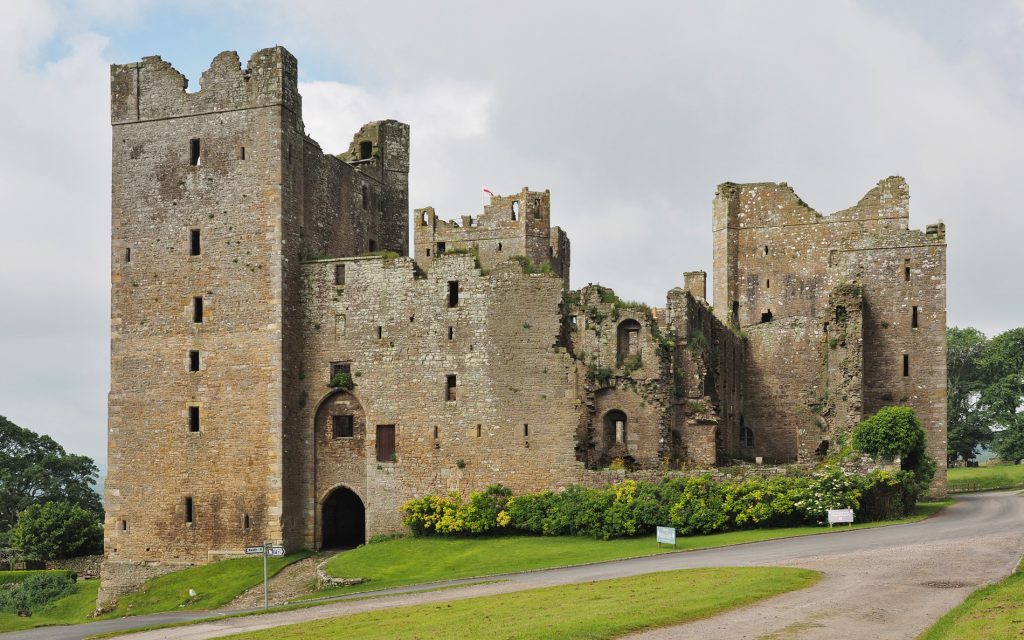
Image: Bolton Castle in Wensleydale, known for its characteristic dry stone walls, which now hosts training workshops in this ancient craft.
Rising up out of the earth, drystone walls snake through fields and moorlands up and down Britain, forming the familiar patchwork in postcard images of our countryside. For millennia, these walls have been used to mark boundaries, contain livestock and provide shelter, but they have also created a biodiverse habit for native wildlife among swathes of homogenous farmland.
Due to the irregular sizes and shapes of their stones they have excellent structural diversity, meaning that they provide a ranche of habitats for creatures great and small. The smallest cracks offer hideaways for a myriad of insects, whilst larger holes toward the bottom house shrews, hedgehogs, toads, voles, and fieldmice. Just as the walls provide shelter for prey, they similarly provide opportunities for predators. The stoat, a small but mighty predator, uses the shelter of wall as it bounds through its hunting grounds, hiding from prey several times its own size. In low lying areas, raised sections of walls offer birds of prey a platform from which to scour the land, and snakes can easily conceal themselves in small holes, offering ample opportunities to strike when a warm-blooded neighbour wanders too close.
Dry stone walls also provide highly varied habitats and micro-climates for wildlife. There is usually an exposed wet side, a dry warm side, a windswept top and a sheltered bottom. Mosses and lichens thrive on the shady, exposed side of the wall in low pollution areas, and these also help other plants like ferns and ivy to grow on the wall. For reptiles, the wall provides both warm stones to sun themselves on, and cool damp interiors to bring their temperatures back down. Sunny south facing walls are ideal for bees, both providing small holes for their nests and an ideal habitat for perennial herbs and wildflowers for them to feed from.
Evidence of dry stone walling dates back to the Neolithic period, with the earliest surviving examples in the Orkney Isles, Dartmoor, Bodmin Moor and Cornwall dating back to the Bronze Age. Dry stone wall building was revived in the early Middle Ages, as the Vikings made prolific use of dry stone walling for livestock protection and for buildings. In the 12th and 13th centuries, the pure and humble construction of dry stone walls found resonance with monastic ways of life. Augustinian and Cistercian monks and nuns built extensive dry stone walls as field boundaries around their monasteries, and a surviving example of this can still be seen at Butley Priory. Made of local stone and bearing distinct vernacular styles, dry stone walls became both organic habitats and an embodiment of local tradition. In Orkney, the local granite lends itself to walls made of many small stones, whilst in Wales dry stone walls are nicknamed “dog’s heads” due to the use of oval shaped stones.
Sadly today dry stone walls are crumbling at an alarming rate, and the traditional skill of dry stone walling is rapidly disappearing. With no statutory protection, it is estimated that over 5000 miles of Britain’s dry stone walls have been lost in a century, and only 13% that remain are still in good condition. However, there is hope for this ancient craft and the unique habitats it produces. Dry stone walling societies are working to revive the practice across Britain – and some of the workshops are held at one of our own member sites in Bolton Castle.
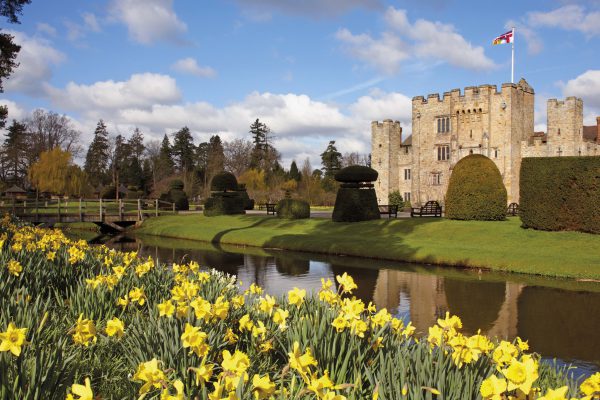
Hever Castle
Hever, Edenbridge, Kent, TN8 7NG
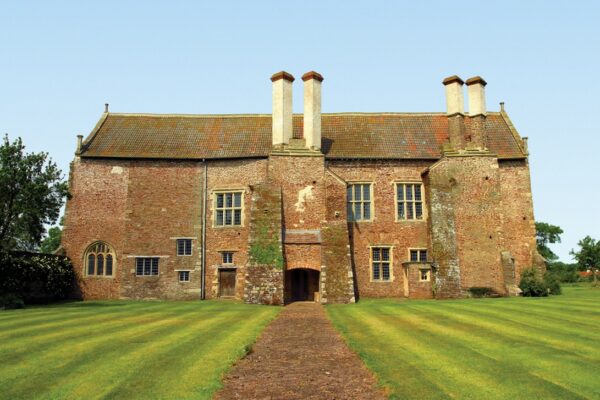
Acton Court
Latteridge Road, Iron Acton, Bristol, South Gloucestershire, BS37 9TL
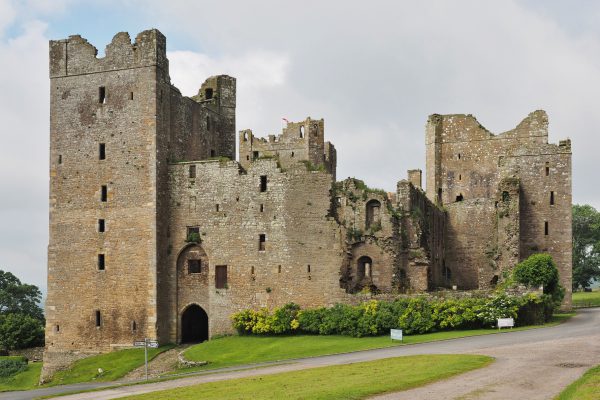
Bolton Castle
Leyburn, North Yorkshire, DL8 4ET
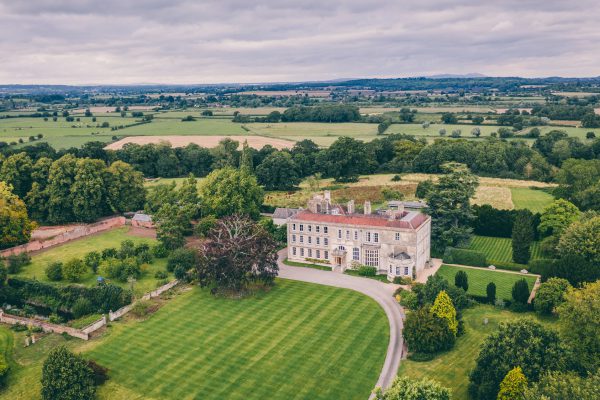
Embarking on a Rewilding Journey at Elmore Court
The land at Elmore Court was granted to my ancestor Anselm de Gyse in the mid 13th century when no doubt the landscape looked very different to what it does now; one can only imagine the abundance of wildlife there...

